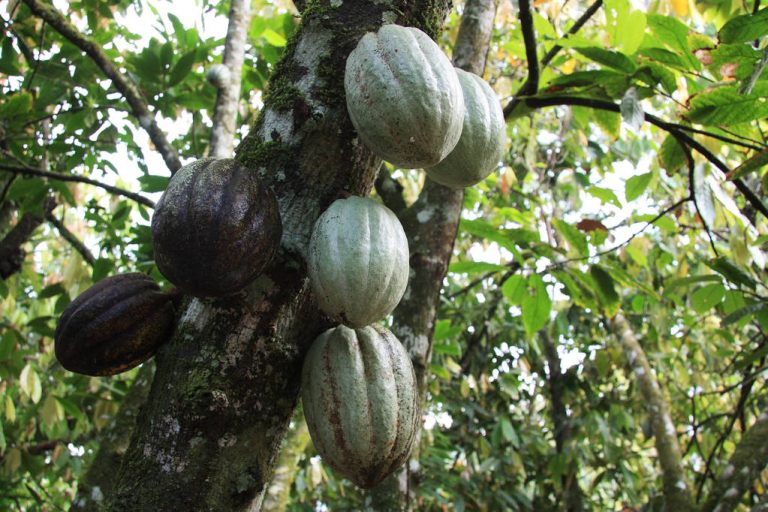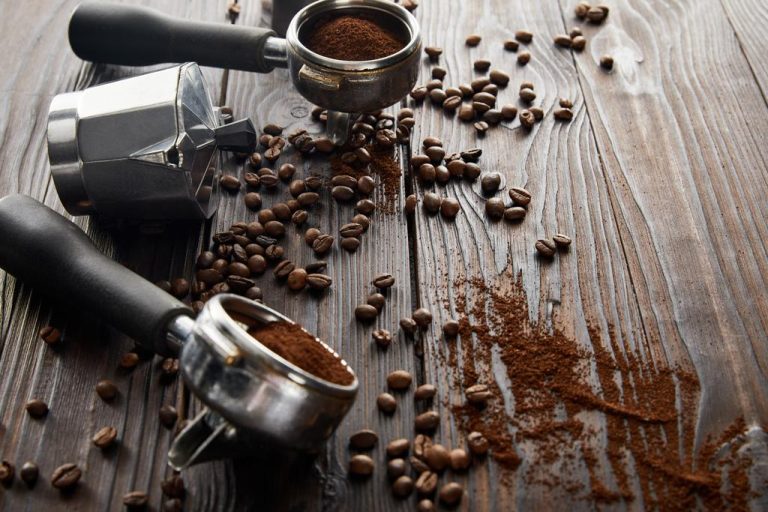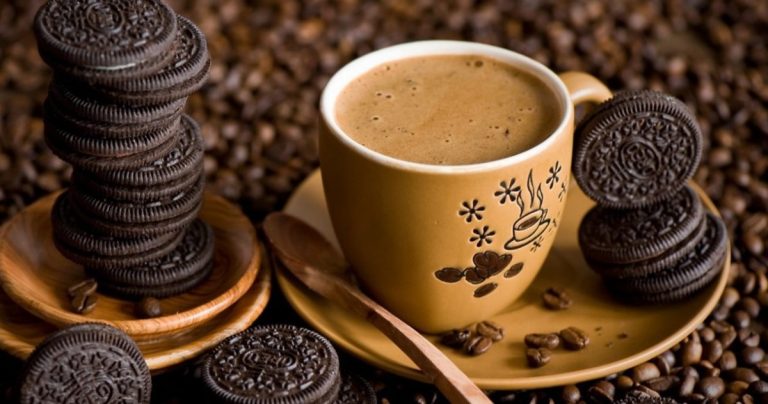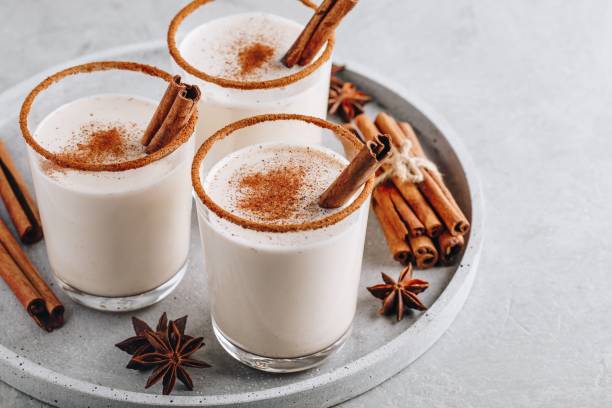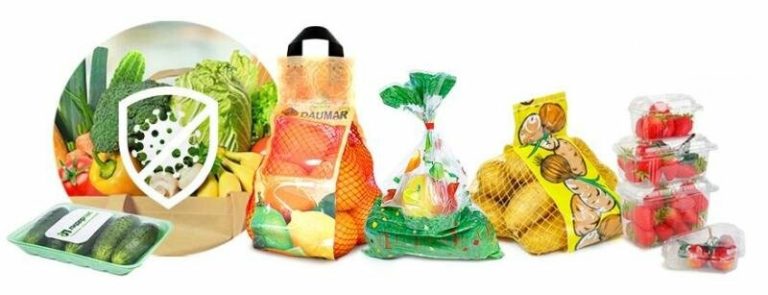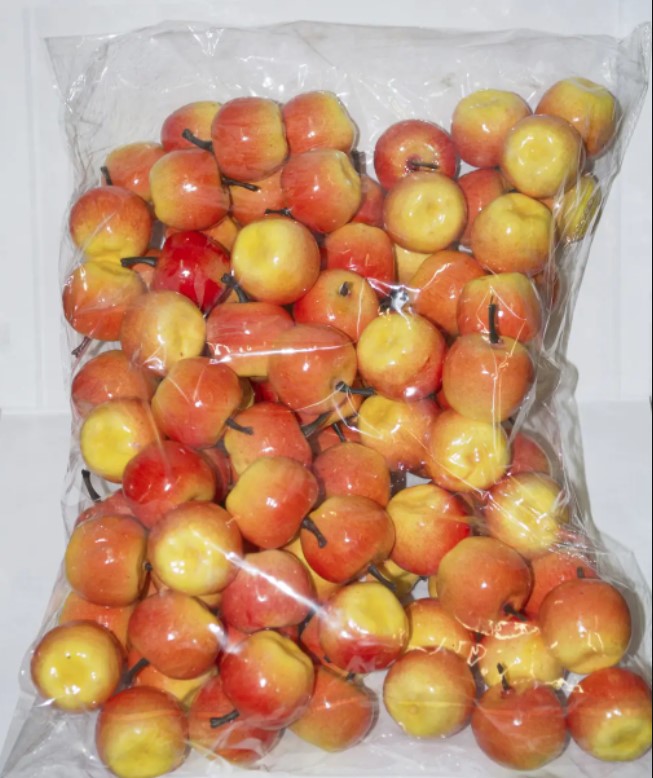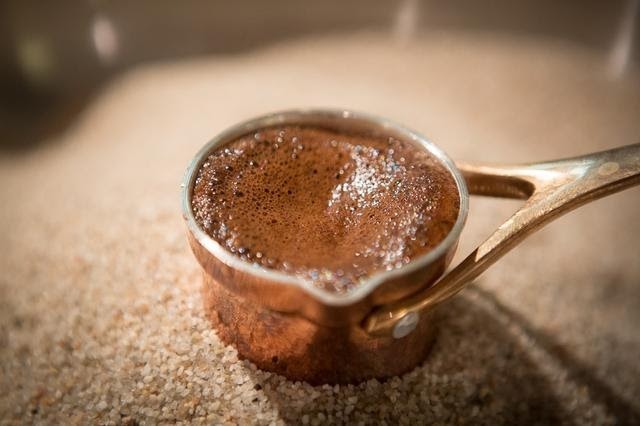Is cocoa found only in chocolate? Is cocoa really unhealthy? What exactly is cocoa?
What exactly is cocoa?
Cocoa describes a variety of things. At the very beginning is the cocoa tree. This ripens particularly in sunny areas and bears the so-called cocoa pods. Once these have matured, they can be opened. Inside are the pulp and seeds. We know the latter in this country as cocoa beans. At the beginning, however, the seeds look very different – rather soft, light and white in colour.
Only the fermentation ensures that these transform into our classic brown cocoa beans. During this fermentation process, certain substances are released that later provide the chocolate flavor we crave when the beans are roasted. After that, a wide range of products such as cocoa drinks, chocolate or even cosmetics can now be manufactured.
Where is cocoa grown?
Similar to the coffee plant, the cocoa tree also needs a very special environment in order to thrive perfectly and blossom fully. The tropical heat around the equator is best suited for this. More than 40 countries around the world are now dedicated to the cultivation of cocoa. There are numerous growing areas, particularly in Asia, Latin America and Africa. However, around 75 percent of the total harvest comes from South Africa. The following countries are among the areas with the strongest cultivation areas:
Peru
Ivory Coast
Indonesia
Nigeria
Nicaragua
Papa New Guinea
Ghana
Brazil
Incidentally, the cocoa tree must never stand in direct sunlight. Therefore, the plants are often grown in the protection of the rainforest or planted together with mixed cultures such as coconut palms or citrus fruits, which cast shadows over the cocoa trees with their leaves.
These types of cocoa exist
Incidentally, there are four major types of cocoa beans, between which a distinction is made:
criollo
Trinity
Forastero
Arriba
The Forastero cocoa is generally considered to be the most well-known variety and is the most cultivated worldwide. But the other cocoas can also be found in the trade and offer various advantages depending on preference and taste. Incidentally, the seeds of the cocoa tree contain a large number of healthy ingredients. However, most of these are lost during drying (fermentation) and subsequent roasting. First of all, however, it should be said that the remaining ingredients also make cocoa a real super food.

How healthy is cocoa now?
As is almost always the case with cocoa, “It depends”. Cocoa can be divided into two categories. On the one hand there is the natural cocoa, which as pure cocoa powder has up to 350 calories per 100 grams. These are caused in particular by the fat content in raw cocoa. On the other side is the industrially produced cocoa. Here the calorie content can vary greatly and depends on the extent to which the powder has been de-oiled and sugared. With a cocoa content of mostly less than 25 percent and a high amount of sugar, this variant often has twice the number of calories as natural cocoa.

